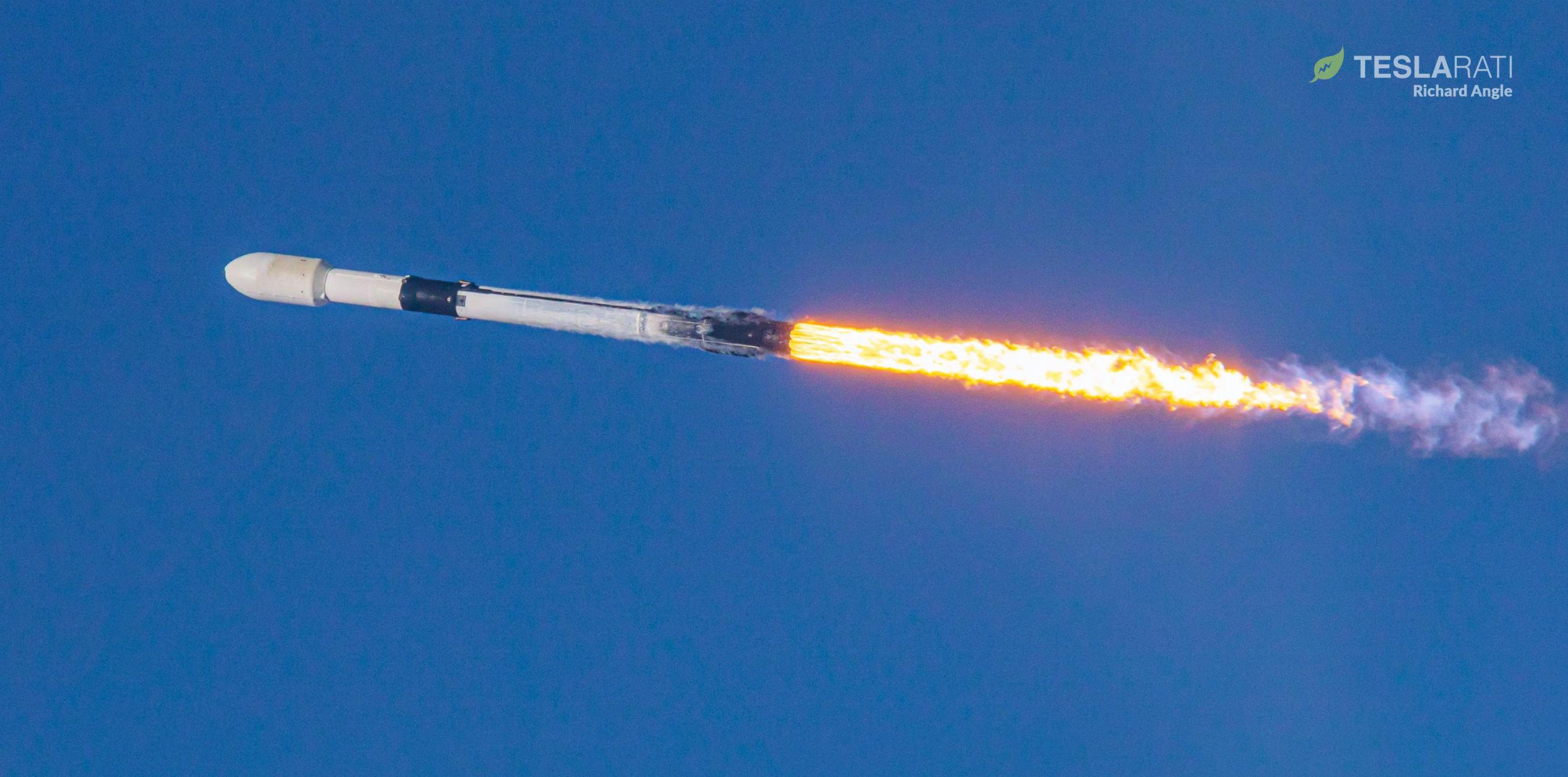
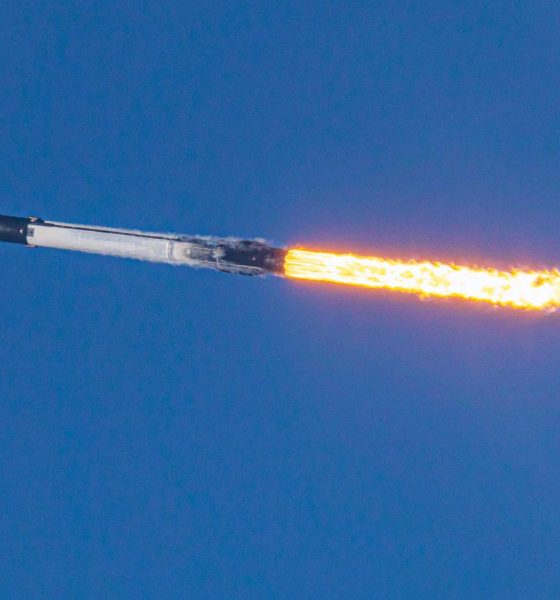
News
SpaceX crushes commercial Falcon 9 reuse record with radio satellite launch
SpaceX has crushed its commercial Falcon 9 reuse record with the successful December 13th launch of Sirius XM’s newest radio satellite while simultaneously debuting fairing reuse on customer missions.
Weighing around 7 metric tons (~15,400 lb) at liftoff, the SXM-7 spacecraft was carried aloft by Falcon 9 booster B1051, marking the rocket’s seventh successful launch and landing and the first time SpaceX has used a four-flight, five-flight, or six-flight booster on a non-Starlink mission.
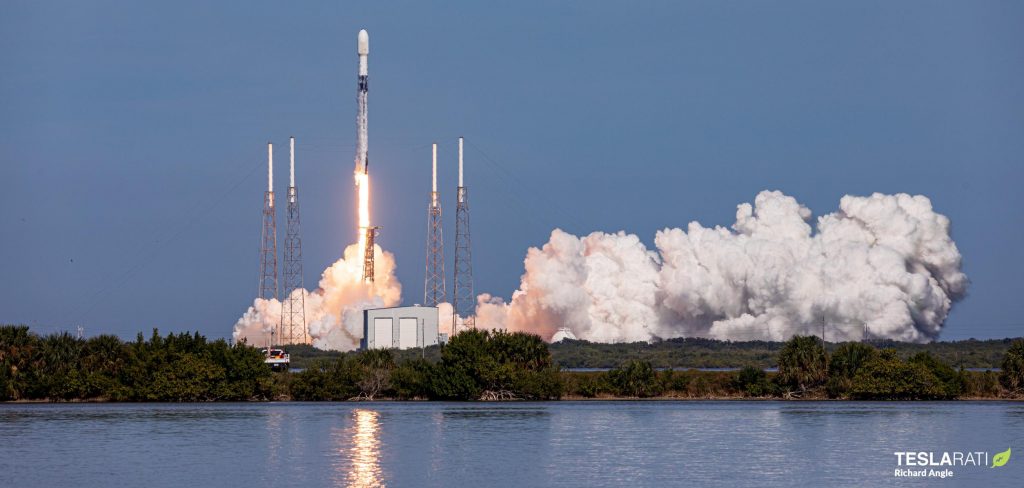
The willingness of customers Maxar and Sirius XM exemplify a major secondary benefit of SpaceX’s internal Starlink satellite constellation launches, 14 of which the company has completed in 2020 alone. With such a huge number of largely 100%-internal launches, SpaceX has been able to rapidly push the envelope of Falcon 9 reuse, flying boosters on their sixth and seventh missions for the first time. In 2020, despite debuting four new boosters, that wealth of Starlink opportunities has meant that the average booster supporting each of SpaceX’s 25 launches (thus) far completed 3.5 flights.
Thanks to the sheer number of internal launch opportunities SpaceX has available, the company has been able to extensively demonstrate the reliability of new levels of Falcon 9 reuse. In other words, while Sirius XM and Maxar are the first commercial customers to fly a payload on a Falcon 9 booster’s seventh launch, SpaceX had already successfully launched and landed several Falcon 9 boosters for the fifth and sixth time – and one for the seventh time just weeks prior – before the commercial debut.
The same is even more true with fairing reuse, as SXM-7 marked SpaceX’s first commercial Falcon fairing half reuse ever despite the fact that the SXM-7 was also the company’s 14th fairing half reuse overall. At this point in time, SpaceX is unequivocally the only company on Earth performing what amount to operational orbital-class flight tests. With such extensive full-fidelity flight test data available, convincing commercial customers of the viability of flight-proven hardware is likely a dramatically easier task.
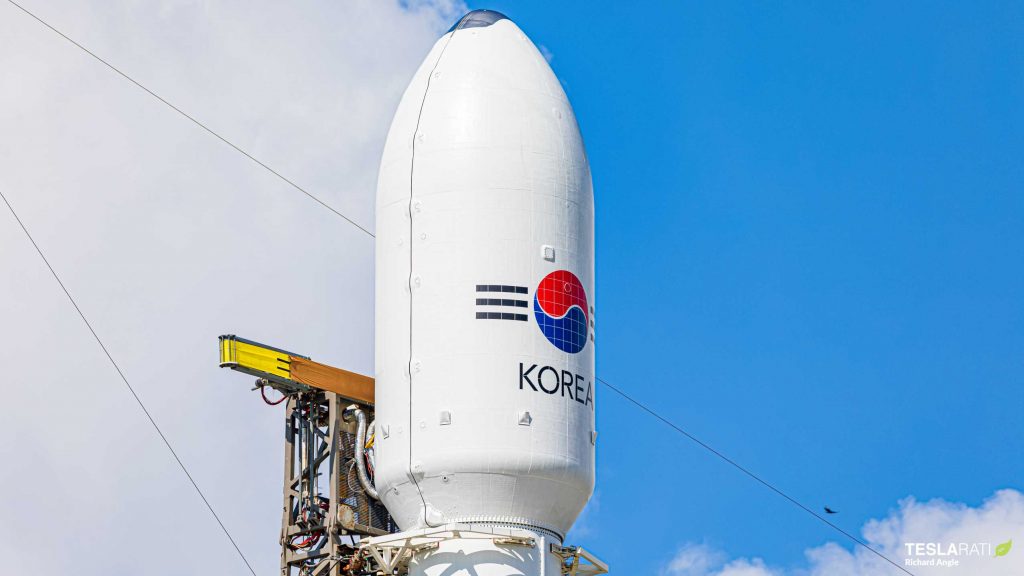
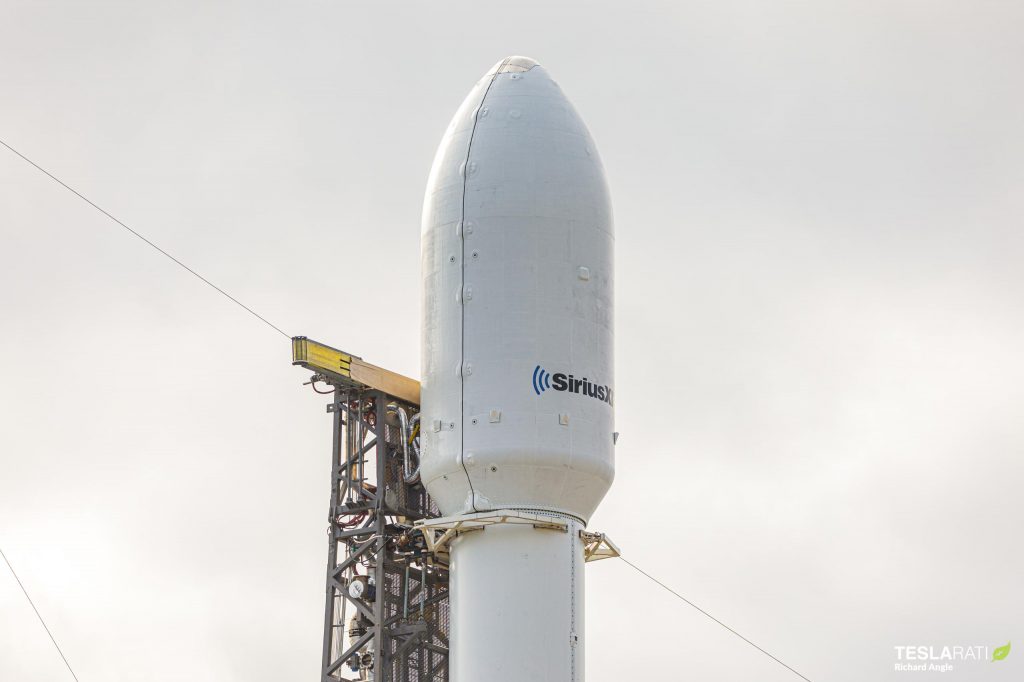
That foreknowledge also likely allows SpaceX to confidently offer or negotiate discounts with customers willing to be the first non-Starlink payload to use an nth-flight booster or fairing. For example for the reuse of a single fairing half alone, costing around $2.5 million for SpaceX to replace, the company probably offering Sirus XM and Maxar a discount of $500,000-$1,000,000+ and had the flight data on hand to prove that reusing a fairing half caught at sea wouldn’t add an appreciable risk of mission failure or satellite contamination.
For being the first customer to launch on a six-flight Falcon 9 booster, Sirius XM likely received an even more substantial discount of $5-10 million. SpaceX – believed to have an internal Starlink launch cost of $15M or less excluding satellite production – almost certainly still secured a profit despite offering what is likely the lowest launch cost in the world for a multi-ton geostationary satellite by a large margin.
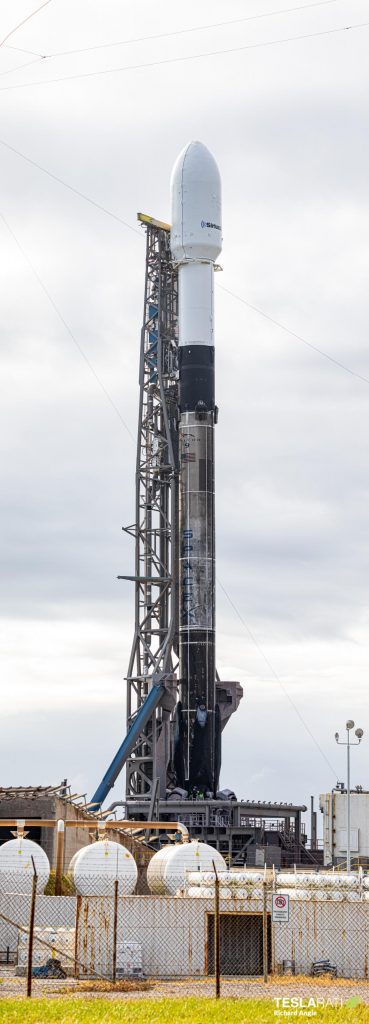
Meanwhile, thanks to B1051’s seventh successful landing, SpaceX has two seven-flight Falcon boosters it can use to push the envelope even further into eight, nine, ten, and possibly even more launches in 2021.

News
Tesla Cybercab tests are going on overdrive with production-ready units
Tesla is ramping its real-world tests of the Cybercab, with multiple sightings of the vehicle being reported across social media this week.
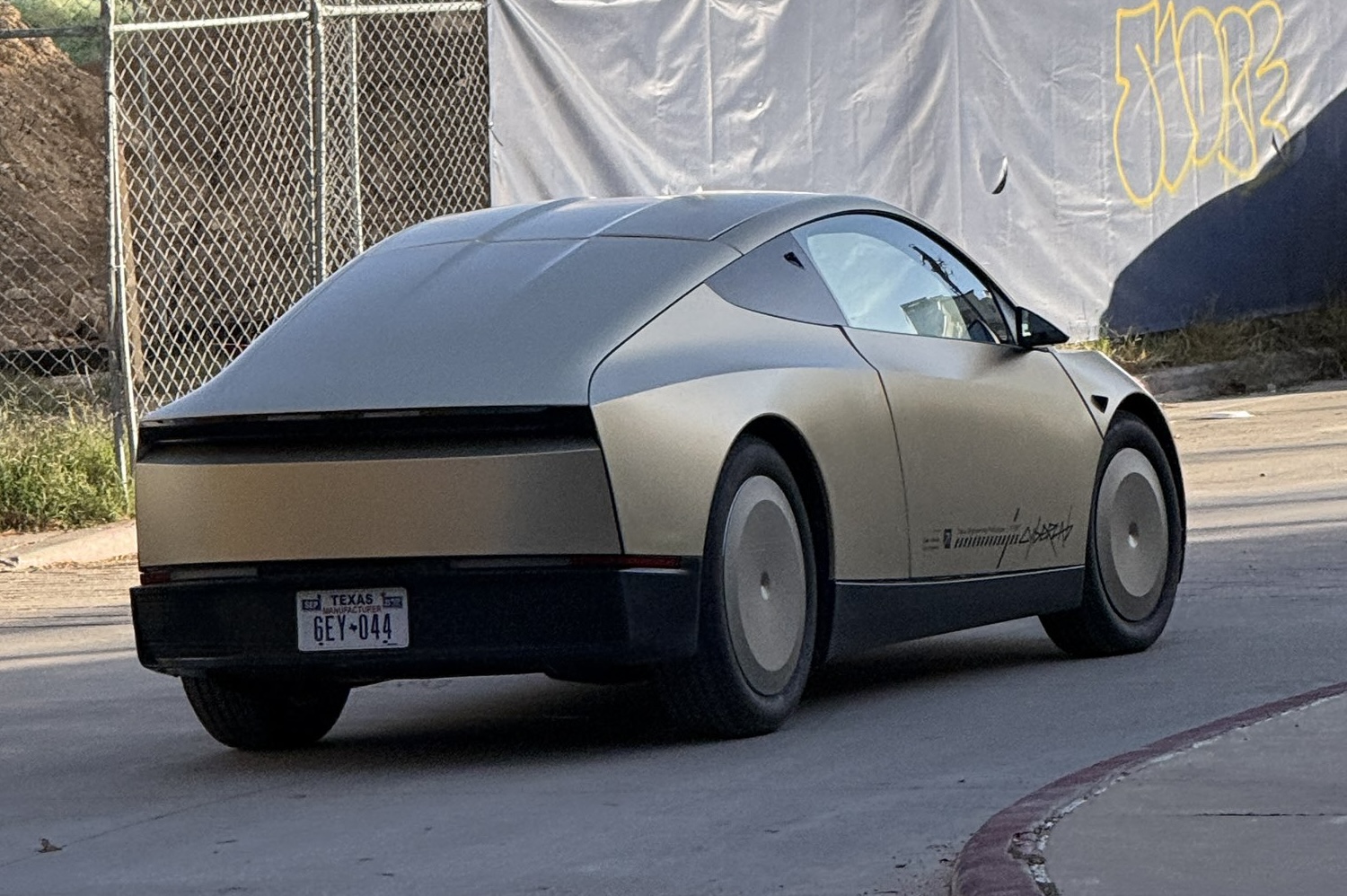
Tesla is ramping its real-world tests of the Cybercab, with multiple sightings of the autonomous two-seater being reported across social media this week. Based on videos of the vehicle that have been shared online, it appears that Cybercab tests are underway across multiple states.
Recent Cybercab sightings
Reports of Cybercab tests have ramped this week, with a vehicle that looked like a production-ready prototype being spotted at Apple’s Visitor Center in California. The vehicle in this sighting was interesting as it was equipped with a steering wheel. The vehicle also featured some changes to the design of its brake lights.
The Cybercab was also filmed testing at the Fremont factory’s test track, which also seemed to involve a vehicle that looked production-ready. This also seemed to be the case for a Cybercab that was spotted in Austin, Texas, which happened to be undergoing real-world tests. Overall, these sightings suggest that Cybercab testing is fully underway, and the vehicle is really moving towards production.
Production design all but finalized?
Recently, a near-production-ready Cybercab was showcased at Tesla’s Santana Row showroom in San Jose. The vehicle was equipped with frameless windows, dual windshield wipers, powered butterfly door struts, an extended front splitter, an updated lightbar, new wheel covers, and a license plate bracket. Interior updates include redesigned dash/door panels, refined seats with center cupholders, updated carpet, and what appeared to be improved legroom.
There seems to be a pretty good chance that the Cybercab’s design has been all but finalized, at least considering Elon Musk’s comments at the 2025 Annual Shareholder Meeting. During the event, Musk confirmed that the vehicle will enter production around April 2026, and its production targets will be quite ambitious.
News
Tesla gets a win in Sweden as union withdraws potentially “illegal” blockade
As per recent reports, the Vision union’s planned anti-Tesla action might have been illegal.

Swedish union Vision has withdrawn its sympathy blockade against Tesla’s planned service center and showroom in Kalmar. As per recent reports, the Vision union’s planned anti-Tesla action might have been illegal.
Vision’s decision to pull the blockade
Vision announced the blockade in early December, stating that it was targeting the administrative handling of Tesla’s facility permits in Kalmar municipality. The sympathy measure was expected to start Monday, but was formally withdrawn via documents sent to the Mediation Institute and Kalmar Municipality last week.
As noted in a Daggers Arbete report, plans for the strike were ultimately pulled after employer group SKR highlighted potential illegality under the Public Employment Act. Vision stressed its continued backing for the Swedish labor model, though Deputy negotiation manager Oskar Pettersson explained that the Vision union and IF Metall made the decision to cancel the planned strike together.
“We will not continue to challenge the regulations,” Petterson said. “The objection was of a technical nature. We made the assessment together with IF Metall that we were not in a position to challenge the legal assessment of whether we could take this particular action against Tesla. Therefore, we chose to revoke the notice itself.”
The SKR’s warning
Petterson also stated that SKR’s technical objection to the Vision union’s planned anti-Tesla strike framed the protest as an unauthorized act. “It was a legal assessment of the situation. Both for us and for IF Metall, it is important to be clear that we stand for the Swedish model. But we should not continue to challenge the regulations and risk getting judgments that lead nowhere in the application of the regulations,” he said.
Vision ultimately canceled its planned blockade against Tesla on December 9. With Vision’s withdrawal, few obstacles remain for Tesla’s long-planned Kalmar site. A foreign electrical firm completed work this fall, and Tesla’s Careers page currently lists a full-time service manager position based there, signaling an imminent opening.
News
Tesla Semi program Director teases major improvements
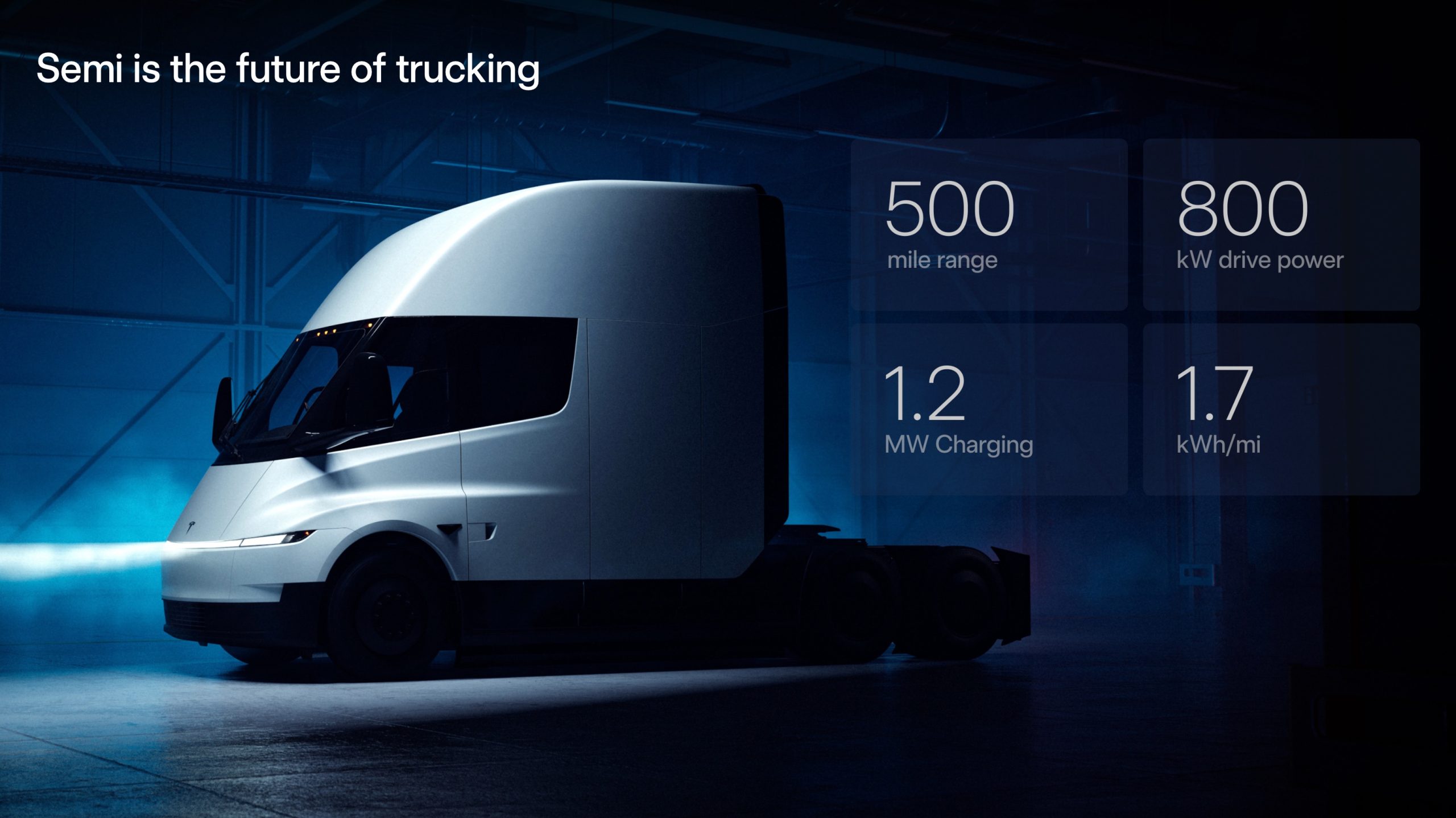
Tesla Semi Program Director Dan Priestly teased the major improvements to the all-electric Class 8 truck on Thursday night, following the company’s decision to overhaul the design earlier this year.
Priestley said he drove the Semi on Thursday, and the improvements appear to be welcomed by one of the minds behind the project. “Our customers are going to love it,” he concluded.
Just drove the redesigned Semi. Our customers are going to love it. https://t.co/KZ88sf1CDL
— Dan Priestley (@danWpriestley) December 19, 2025
The small detail does not seem like much, but it is coming from someone who has been involved in the development of the truck from A to Z. Priestley has been involved in the Semi program since November 2015 and has slowly worked his way through the ranks, and currently stands as the Director of the program.
Tesla Semi undergoes major redesign as dedicated factory preps for deliveries
Tesla made some major changes to the Semi design as it announced at the 2025 Annual Shareholder Meeting that it changed the look and design to welcome improvements in efficiency.
Initially, Tesla adopted the blade-like light bar for the Semi, similar to the one that is present on the Model Y Premium and the Cybertruck.
Additionally, there are some slight aesthetic changes to help with efficiency, including a redesigned bumper with improved aero channels, a smaller wraparound windshield, and a smoother roofline for better aero performance.
All of these changes came as the company’s Semi Factory, which is located on Gigafactory Nevada’s property, was finishing up construction in preparation for initial production phases, as Tesla is planning to ramp up manufacturing next year. CEO Elon Musk has said the Semi has attracted “ridiculous demand.”
The Semi has already gathered many large companies that have signed up to buy units, including Frito-Lay and PepsiCo., which have been helping Tesla test the vehicle in a pilot program to test range, efficiency, and other important metrics that will be a major selling point.
Tesla will be the Semi’s first user, though, and the truck will help solve some of the company’s logistics needs in the coming years.








